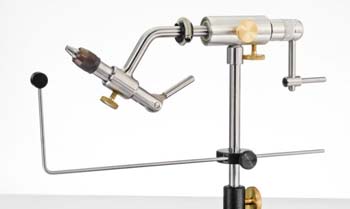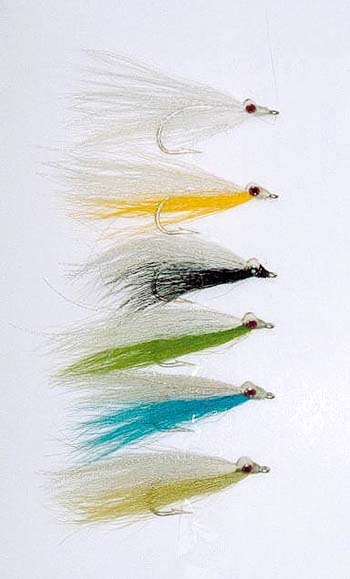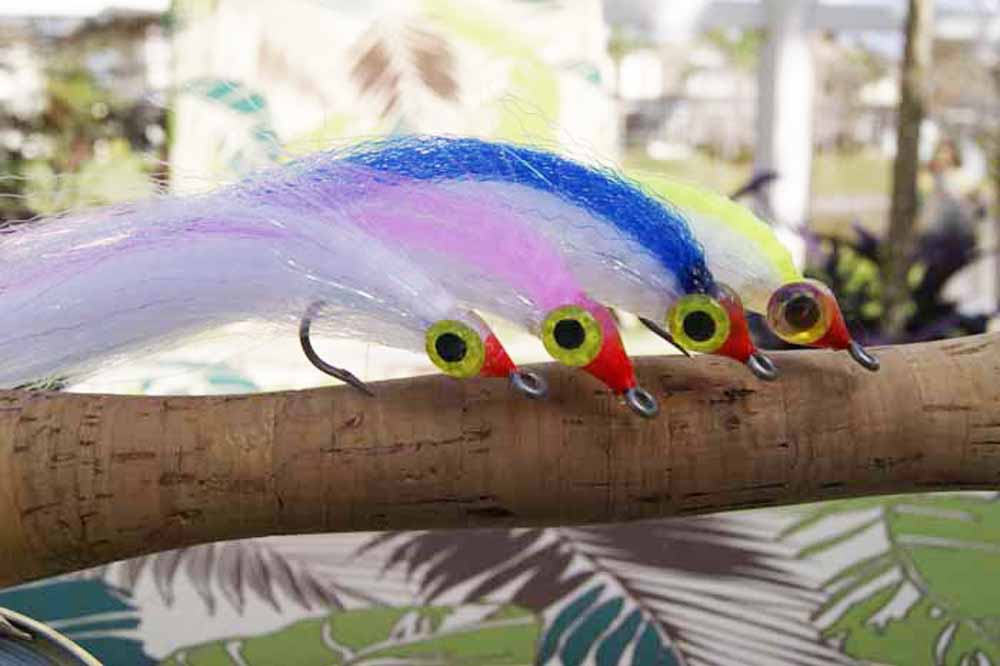
The 28-foot center console named M’Ocean Grant’D.
Grant Gisondo is a prominent Palm Beach, Florida, lawyer. He is also a skilled boat captain, guide level fly fisherman, and professionally capable fly tyer.
He grew up on the beaches and bays of Long Island, New York, where year-round boating, fishing, and surfing captured his soul and made him a lifelong saltwater sport fisherman and conservationist.
Today, when Grant is not in court, he is offshore fishing, on the beach with a fly rod, or cruising with his wife Nicole and young son on their 28-foot center console named M’Ocean Grant’D.
. . . Skip Clement
Advice to a new fly tyer

Grant Gisondo, Palm Beach, Florida, attorney.
By Grant Gisondo
I see the same question posted all over the internet and asked about it personally hundreds of times. For example, “I’m interested in getting into fly tying; any advice on what I should buy and what would you recommend for a good starter kit?”
The vise is the most critical purchase
No starter kit is even halfway decent. They all suck. The vises are junk, the scissors are cheap, and the materials are the worst cut possible. So here is what I recommend – get a true rotary vise that is in your price range. I would recommend spending as much as you can on the vise, and it will likely outlast you. My first vise was Regal, and my second was a Dyna King Barracuda Deluxe. I still tie on my Dyna King every single day and have for the past 15 years.

DYNA-KING BARRACUDA DELUXE PEDESTAL VISE
I recommend buying material that you need to tie ONE type of fly. For example, if the first fly you tie is the Clouser Minnow, buy hooks, eyes, and material to tie only that fly.
Once you get proficient in tying that fly, move onto the next one you wish to tie and buy materials to tie that fly – and so on. You don’t need to buy $200 worth of bucktails to learn to tie a Clouser Minnow. If you follow my advice, you won’t end up with an entire room of materials you don’t need or a lifetime supply of one type of material you rarely use anymore.
When I first started tying, I caught snook nearly every day on a black and white Clouser Minnow. But black bucktail was hard for me to get. So, when I found it, I bought about 40 tails. Well, the following year, the snook wouldn’t touch a black Clouser, so here I am 15 years later, rarely using a black bucktail and stuck storing or it faced with the decision to give it away or throw it out. Did I waste my money? Heck yea. I should have bought enough to finish the season, but I didn’t know any better. Well, my loss is your gain. Don’t make the same mistake.
Other tools

Clousers. Image Gapen.
Before buying a bobbin, scissors, and all the other fun stuff that clutter your desk – go to a fly shop and try them. Most fly shops will have a vise set up. Ask if you can try a bobbin before you buy it. It might look great on the internet, but when you feel it in your hand, it might be too big or small.
But let’s be real. You don’t need a $100 bobbin or scissors to tie great flies. Expensive tools will not make you a better fly tyer. The only way to succeed is hours upon hours of tying.
If you want to get good fast, set reasonable goals for yourself. For example, tie five Clousers every day for a month; then tie five Deceivers every day for a month, and so on. You don’t need to tie 100 flies a day. I recommend starting with a smaller number but tie frequently.


